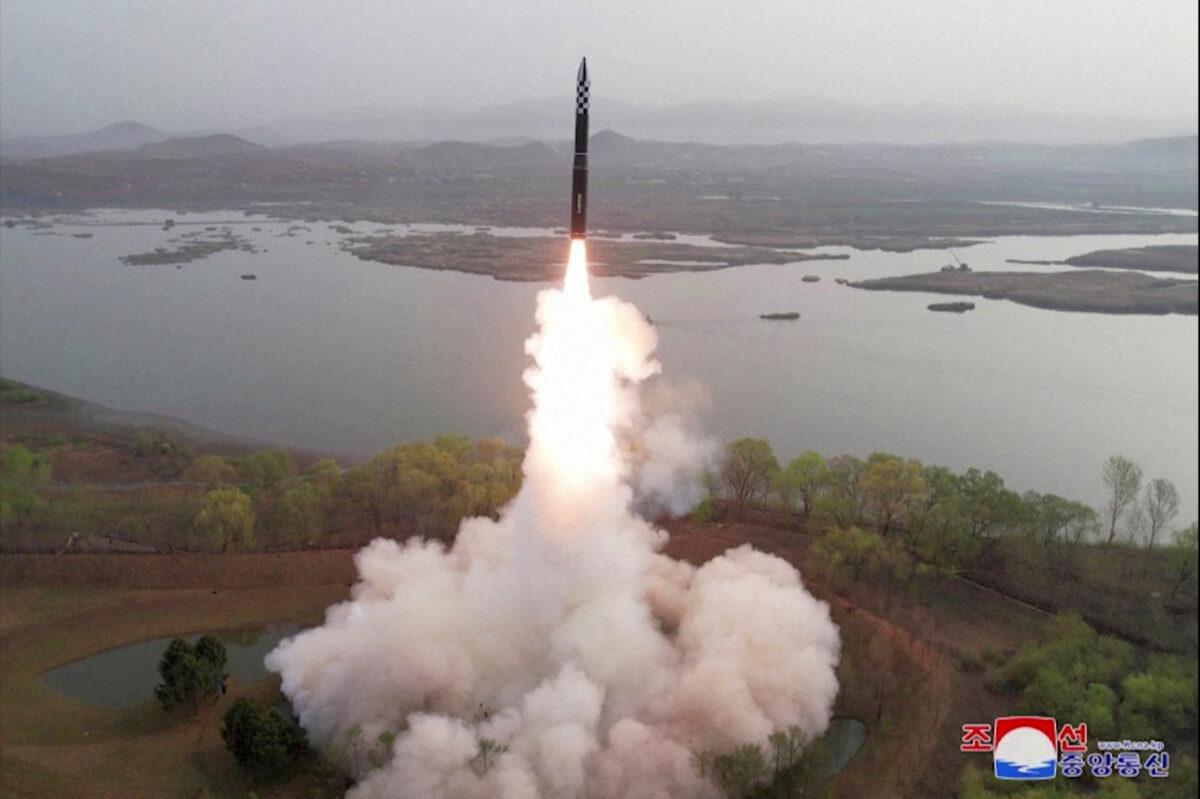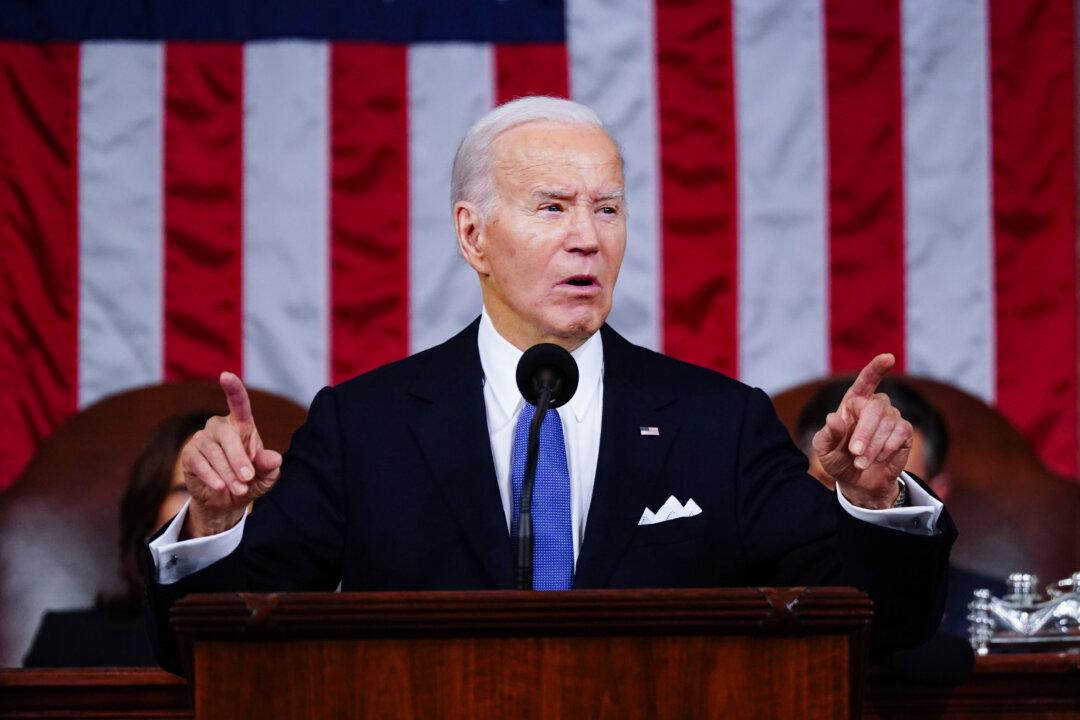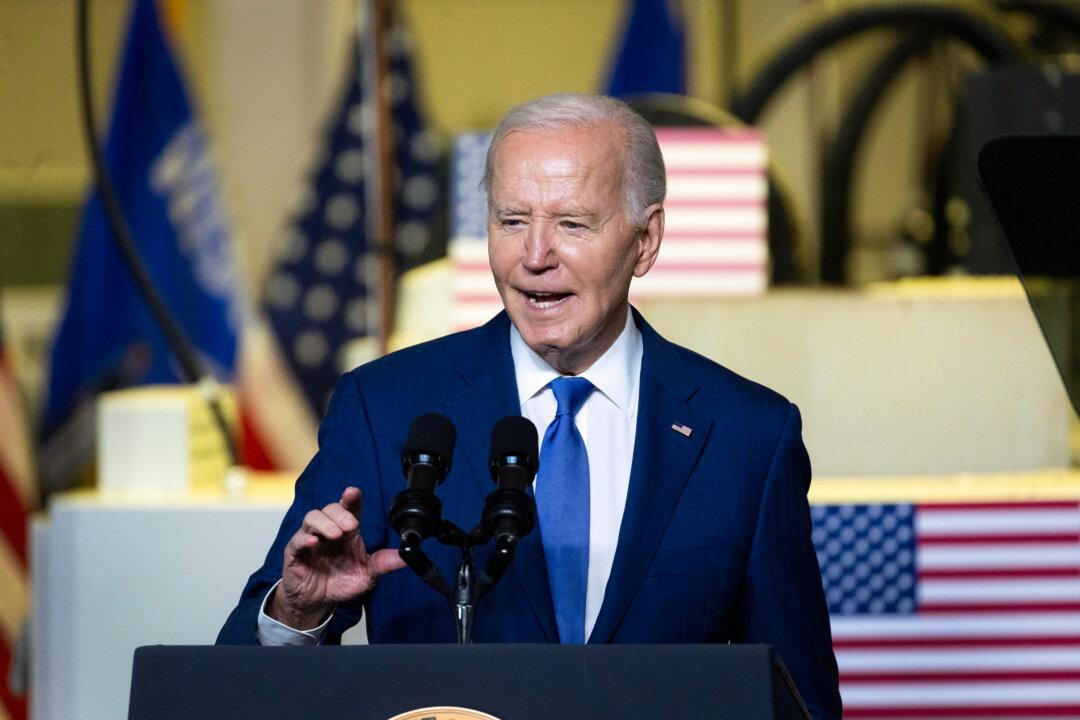The United States on Friday sent a nuclear-powered guided-missile submarine to South Korea after North Korea’s recent ballistic missile launches, which landed within Japan’s exclusive economic zone (EEZ).
South Korea’s military said the USS Michigan arrived at Busan Port as part of the Washington Declaration signed between the two countries in April, but it did not specify how long the submarine will be in South Korean waters.
“[It] demonstrates the overwhelming capabilities and posture of the South Korea-U.S. alliance to realize peace through strength,” South Korean fleet commander Vice Admiral Kim Myung-soo told reporters.
Prior to the launches, a spokesperson for North Korea’s defense ministry warned of an “inevitable” response and said the U.S.-South Korea joint drills escalated the military tension on the Korean Peninsula.
The latest action by North Korea came as U.S. President Joe Biden’s national security adviser, Jake Sullivan, was in Tokyo for meetings with his Japanese and South Korean counterparts.
Washington Declaration
South Korean President Yoon Suk-yeol and Biden signed the Washington Declaration on April 29, outlining a set of U.S. extended deterrence measures involving deploying U.S. strategic assets on the Korean Peninsula.In the declaration, South Korea expressed “full confidence” in U.S. extended deterrence commitments, and Washington pledged to make “every effort” to consult with South Korea on “any possible nuclear weapons employment” in the region.
North Korea’s Kim Jong Un regime condemned the Washington Declaration as the “product of heinous hostile policy” against it and vowed to bolster its military deterrence, KCNA reported on May 1.
The regime said the U.S.–South Korea accord aimed at strengthening extended deterrence and trilateral cooperation with Japan is equivalent to “a dangerous nuclear war plot putting up the signboard of security.”

“The DPRK has increasingly engaged in threatening and irresponsible rhetoric, including by characterizing some of its missile launches and other military activities as trial runs for the use of tactical nuclear weapons,” Kim said on June 4, referring to North Korea’s official name, the Democratic People’s Republic of Korea.





